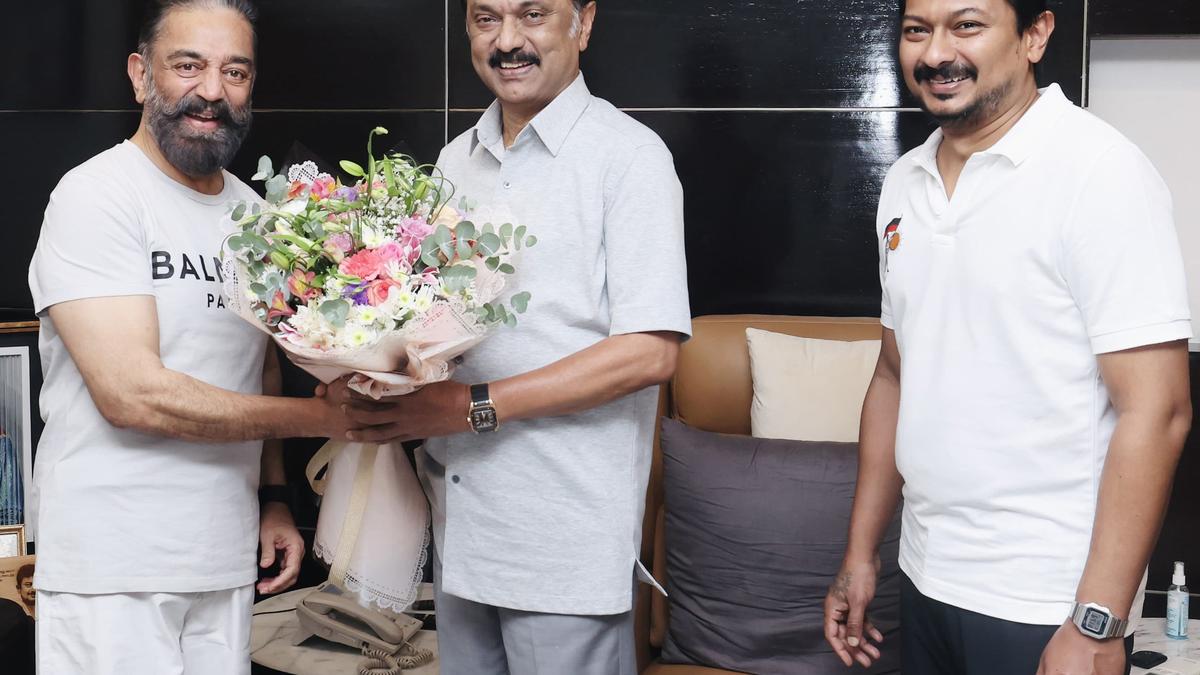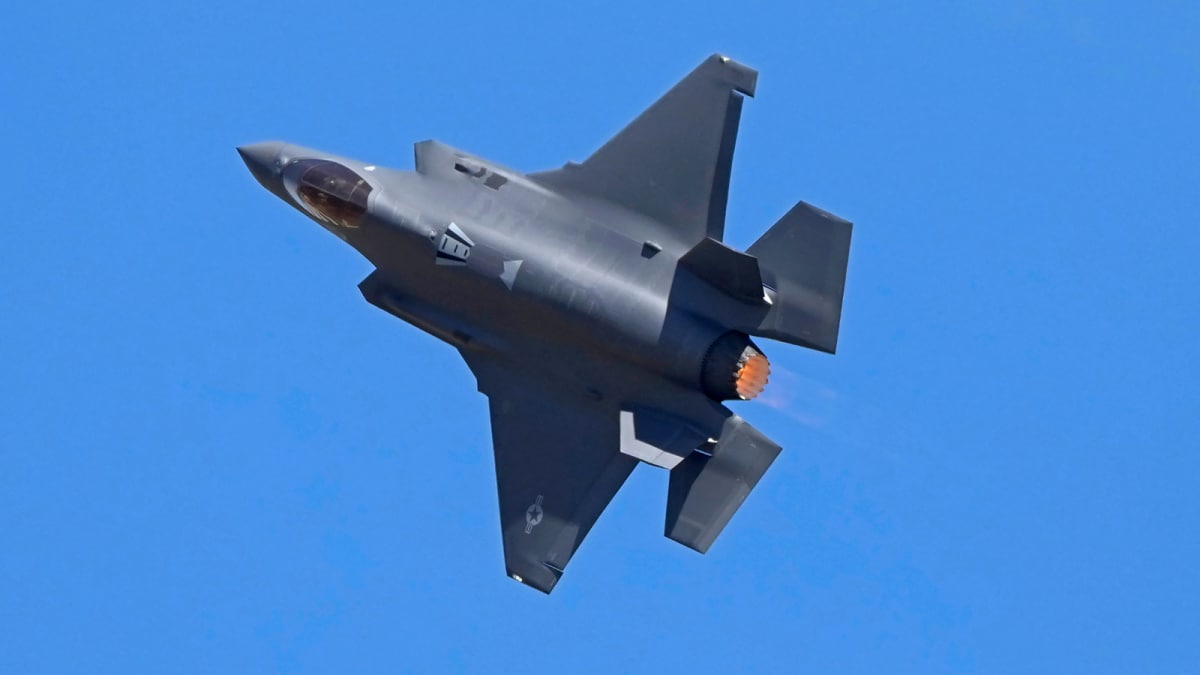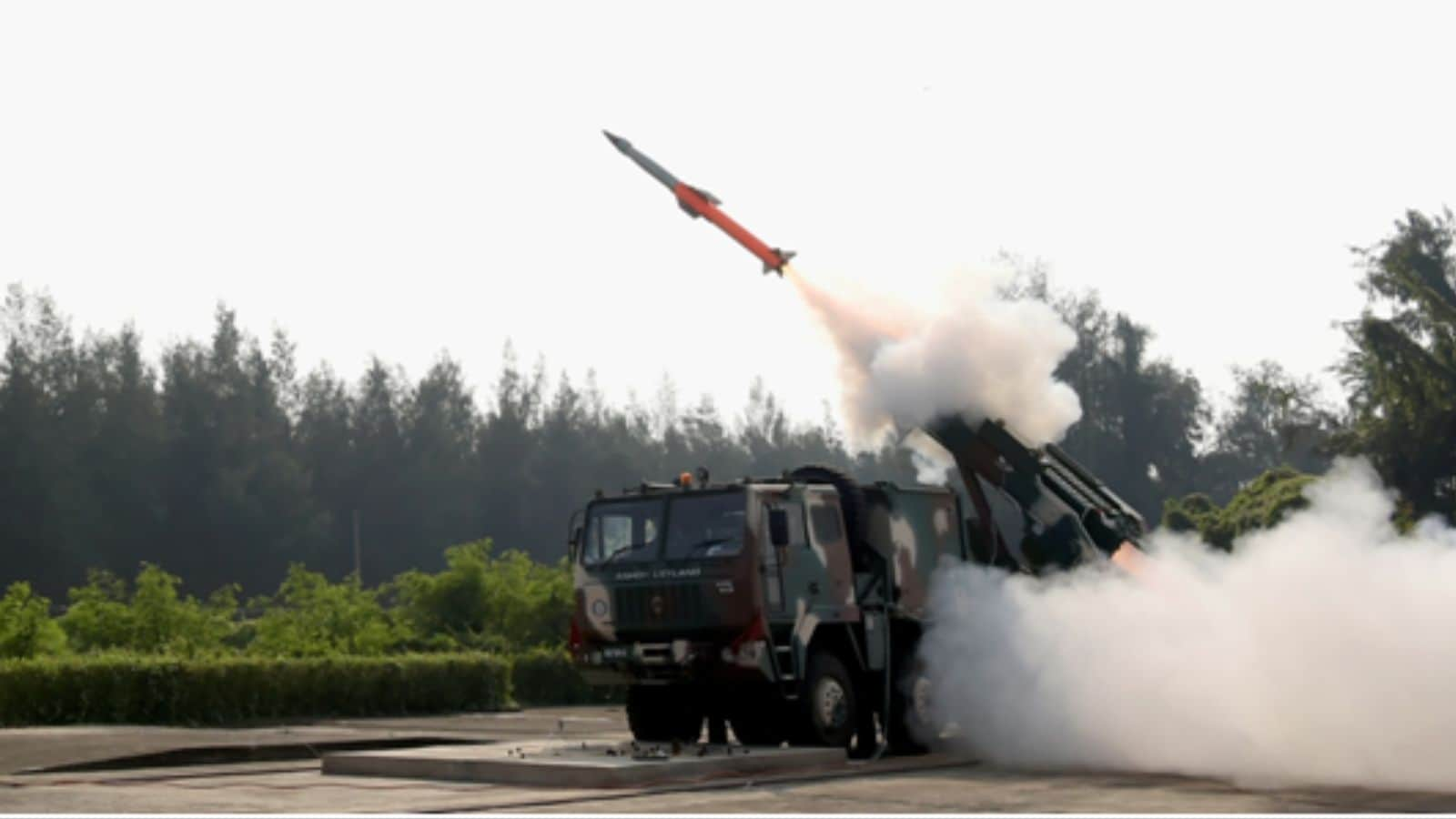“During the first excavation, if we found one brick which we felt was historically significant, we gave it to the researchers. We used to get 10 paise for it,” a farmer working in a field in Rajaghatta, a village in Doddaballapur taluk, in Bengaluru Rural district, recalled.
Rajaghatta, which was an ancient settlement of Buddhists probably around the fourth and fifth centuries, is getting ready once again for excavation. On July 16, Tourism Minister H.K. Patil, along with the officials of the Department of Archaeology and Museums, inaugurated the excavation programme to find more relics and artefacts from the ancient period.
Boodi gundi
Before it caught the eye of some local researchers as well as M.S. Krishnamurthy, formal principal of University of Mysore, a certain area of Rajaghatta has heaps of ashes, earning it the name of ‘Boodi Gundi’ (pit of ashes) from the locals. However, between 2001 and 2004, led by Mr. Krishnamurthy, excavators discovered that Rajaghatta was one of South Karnataka’s prominent centres of Buddhism during the fourth and fifth centuries.
Mr. Krishnamurthy said that the foundation of a Buddhist Chaityalaya, formed entirely of bricks, rooms of a Vihaara, a small medallion with an engraving of Buddha, several clay tablets, stupas and much more were found during the initial excavation. Many artifacts that were discovered here are now being kept in the museum of the University of Mysore.
Upon the requests of Maha Bodhi Society (MBS), Buddhist Charitable Organization, the State government has once again taken up the excavation with Mr. Krishnamurthy at the helm again. Work is expected to begin post-monsoon.
“While we formally inaugurated the excavation, we will carry it out once monsoon is over as rains slow down the process. The preparation has already begun in a couple of sites and as there were good findings earlier, we want to see what else comes up this time,” Mr. Patil told The Hindu.
Villagers divided
Krishnappa, who currently owns the land under which the remnants of the Chaityalaya was found, has agreed to give it for excavation. But not all villagers are onboard as the areas where the ancient structures were found are now agricultural lands.
Rajaghatta Ravi, a resident of the village who is also working with historians, says, “Many villagers are not aware of the history. Many of them found artifacts over the years in their fields and just kept it under wraps as they did not want to give up lands. Some of us believe that when there is such a rich history, dating back almost 2,000 years, we should not let it go. That is why we are pulling all stops to ensure Rajaghatta gets is due.”
A little behind Krishnappa’s land is another agricultural field where an engraved stone, which is supposed to be from a later period of history (probably of Ganga period) is situated. Parijatha, whose family owns the land, says that there is no way they will give up their land for excavation. She said, “When they cleared the ashes the first time, they checked this stone and said that this is not from the Buddhist settlement period.”
Further down is another field filled with cabbage plants where two samadhis (final resting place) of some Buddhist monks are situated.
Future plans
Once the excavation process is completed, the plan is to make Rajaghatta a tourist site and exhibit its ancient Buddhist history to the public. “We would like to convince the villagers to make way for excavation in these lands. If they do not agree, then acquisition is inevitable and we would either have to give them land parcels elsewhere or monetary compensation,” Mr. Patil said.
“Rajaghatta is so close to Bengaluru and even to the Bengaluru International Airport. We want the public to know how this was a prominent Buddhist centre once,” said Gopalakrishna, a member of the MBS. “We want to bring the artifcats that are being kept in University of Mysore here once the excavation is completed and showcase it all together.”
Meanwhile, to encourage more villagers to come forth with information, the police have started the Mane Manege Police (door-to-door police service) initiative in Rajaghatta. “While people might not usually know how to report their findings or even about possible encroachment in some of these historic sites, we hope that this programme will bring them the confidence to tell us,” said Sadiq Pasha, police inspector, Doddaballapur Rural Police Station.



.png)
.png)
.png)
















 2 hours ago
4
2 hours ago
4








 English (US) ·
English (US) ·